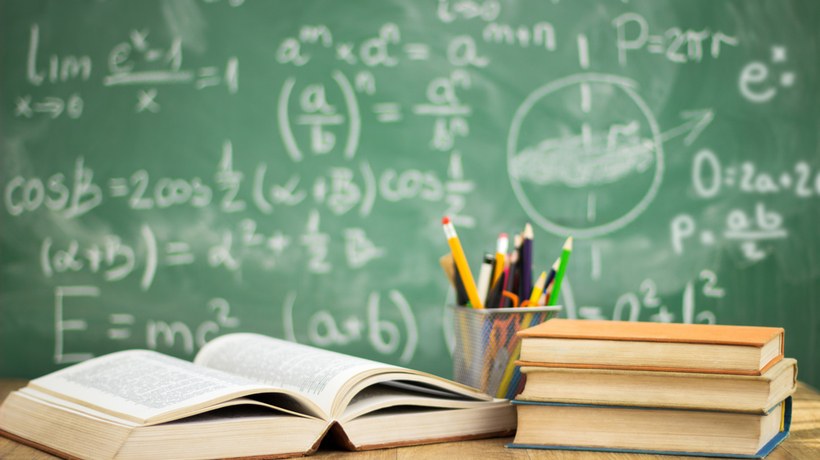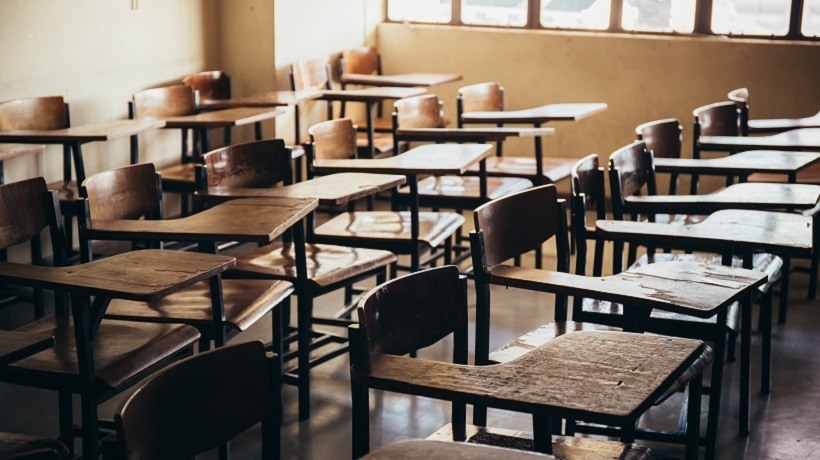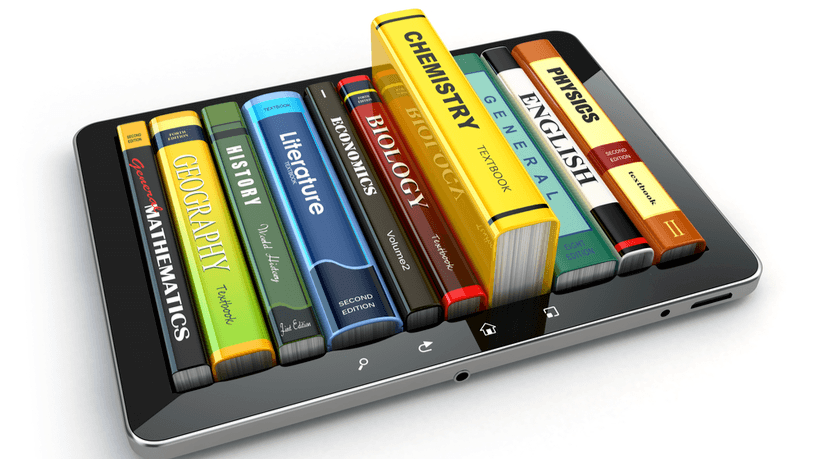We Need A Change In Our School Education System
Have you ever thought about whether the current education system is suitable for your kids? Will it still be valid in another five years? Most of the answers would be "No," and some even said, "It was outdated many years ago!" Schools will be able to incorporate cutting-edge technologies like the internet more easily, and network capacity will improve. Thanks to the internet and technology, students will have a greater understanding of the topic they study. This implies that students will be able to make more decisions about their education in the future.
What Are The Problems With Our Current Educational System?
- Examination-oriented
Most education systems are designed to make sure all the students meet the assessment requirements and pass the examination to proceed to the next level, whether within the same level or for further study. The elite education system is no longer working in the current world that requires multi-skills/multi-talented people in the job market. Kids can simply obtain semantic knowledge by just googling it or searching it online. School is no longer enlightening them but more dis-enlightening them in a certain way. - Outdated teaching practices
We're still relying on the obsolete teaching methods used in the past. To put it another way, today's high school-aged pupils come into the classroom with a well-rounded vision of the world that isn't only based on their upbringing. In this day and age of quick knowledge and broad socialization beginning as early as six weeks of age in day care environments, children enter kindergarten with less naivete than in prior generations' time in school. In other words, teachers don't get a fresh start. Instead, they end up with a jumbled mess of knowledge and concepts that need to be nurtured or remedied in the minds of young people. - Lack of innovation
Innovation in teacher education is lacking. For instructors to keep up with the changing needs of their pupils, they must adapt. It's time to update teacher preparation programs to meet the needs of today's K-12 classrooms. Cultural shifts in the school are being addressed by policy and practice changes throughout the world, often led by teachers. There is a pressing demand for instructors in public education who are better equipped to address the requirements of distinct student demographics and appreciate the importance of online learning. It is impossible to address the worldwide need for education reform without the help of these instructors.
While we are fully utilizing Artificial Intelligence with such ubiquity, would you think our students would still need to be assessed based on the competency that can be easily accomplished by an Artificial Intelligence bot in the future? The following is the idea of how primary and secondary education should be.
Primary Education (Maximum 5 Years, Ages 7–10)
This is the stage for kids to understand facts and basic concepts and to explain ideas. Schools should abolish non-ability or skill tests and tend to use activity homework instead. Young ones should be equipped with these fundamental skills. Primary education still needs to prepare our young ones with such basic skills as arithmetic, language, technology skills, drawing skills, and general knowledge. These are fundamental. Multi-language exposure could be implemented, as it is beneficial for the kids to pick up a new language at a younger age—the earliest possible. Once they have these skills to support them, there come the higher thinking order tasks, such as problem-based solving, scenario-based learning, as well as application-based learning.
Secondary Education (Maximum 5 Years, Ages 11–16)
At the early phase of this stage, kids have to use and apply their knowledge of the information they learn in new situations, and start to draw connections among ideas. In the later part, they should be able to justify a stand or decision and to produce their own creations. Schools should teach higher-order thinking-oriented courses: communication skills, design and creation, problem-based solving, decision-making, scenario-based learning, and aesthetic skills. This is when geography and history courses could be blended to build a rich context when designing and developing the courses mentioned above. The teaching should be a holistic course/stand-alone course, not "embedded" in any subjects or as part of an exercise. It is the best time to apply the division into STEAM (science, technology, engineering, art, and mathematics). Kids can choose to major in the subject they are interested in and would like to learn in-depth.
We emphasize too much on “change” these days. Do our kids have adaptability? Our old school system is way too rigid, it keeps them in line and gets them to learn that "stability" is a must, and they have to get everything settled and stable as it forms the sense of security. However, this is not the case anymore; we are living in a rapidly changing world. The skills and knowledge they learn today may not be relevant anymore in 20 years. Thus, in secondary education, teens have to build up "learn how to learn and relearn" skills. With this in mind, the school is helping the kids to shape their growth mindset. That’s crucial.
What’s Next?
With the understanding of the need to revamp our school education system, the Instructional Designer and the teacher (Subject Matter Expert) should work hand in hand in curriculum development to redesign it to fix the issues. When the kids finish high school, it's up to them to explore whether to work or go to college. It is not only the idea of continuing to study right after high school. I suggest having a year's gap where teens can explore the world before making this decision.
Conclusion
The world is not just made up of "elite students." You see successful entrepreneurs, creators, and famous speakers such as Elon Musk, Mark Zuckerberg, and Jack Ma emerging in this era, they were not elite students either. Why are we still believing that the current school system will bring a change and difference to our kids in the next decade? "How do you want the world to be?" should be the crucial question to every educator today. After all, the world would be in the hands of these young ones. To rethink the education system is the obligation for everyone here. We need a better world, let us start right with our education system.









